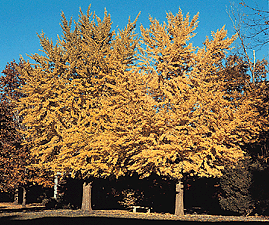Saving Energy One Wing Beat at a Time
Monday, January 20th, 2014January 20, 2014
The long-held theory that birds fly in a V formation to conserve energy has been confirmed scientifically by researchers tracking migrating northern bald ibises. The researchers found that each bird beyond the first adjusts its position and the beating of its wings to get a helpful lift from the bird in front. For the study, published in the journal Nature, the scientists attached sophisticated sensors to the birds.
Flocks of many larger birds, including geese, ducks, and pelicans, adopt V-shaped formations for long migration flights. Scientists have long suspected that this helps them save energy, but the study provided the first scientific confirmation.
Some of the scientists behind the study were involved in a program to release captive-bred ibises into the wild. They trained the birds to migrate by getting them to follow a lightweight aircraft. The scientists attached a sensor pack to each bird for a 600-mile (965-kilometer) migration flight from Austria to Tuscany. Each pack included an accelerometer, a gyroscope, a magnetometer, and an extremely sensitive Global Positioning System (GPS) unit. This setup enabled the scientists to track each bird’s speed, position, and wing rhythm in detail. The scientists then compared the data to models developed using aerodynamics, the study of movement through air and other fluids.

Canada geese and other birds that migrate in a flock fly in a V formation to help save energy on long flights. (© Chase Swift)
The results showed that each bird positioned itself to take advantage of vortices (swirls of air) generated by the wings of the bird in front. The vortices are created when the wings push down the air. In the process, other air rises to the right and left of the wings. The birds positioned themselves to get the maximum upward push from these swirls. Likewise, each bird timed its wing beats to take the greatest advantage of vortices, adjusting its rhythm whenever its position changed.
Taking advantage of such vortices makes each bird’s flight slightly easier. Such energy savings may be small, but they can add up over long migrations. The birds in front gains no advantage, but the ibises in the study changed leaders from time to time, enabling each bird to enjoy the added lift.




